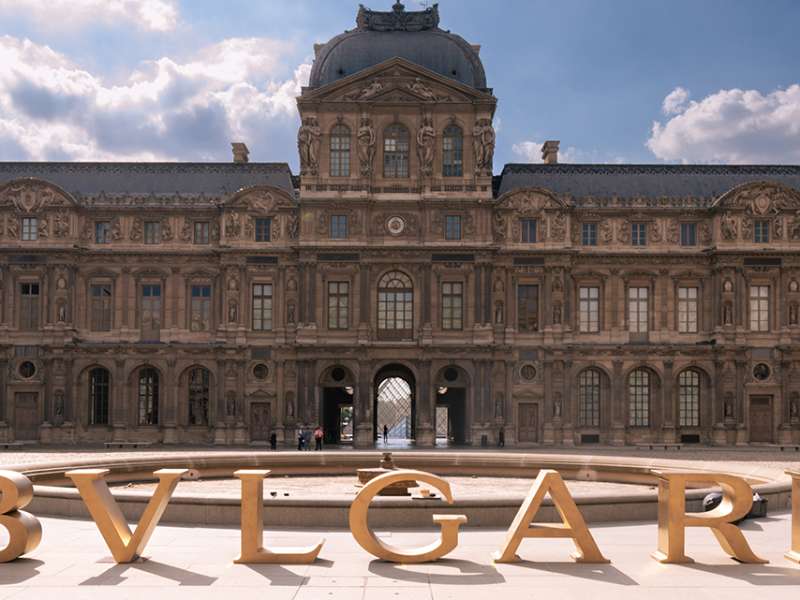Jalan Goa Lempeh, Banjar Dinas Kangin Uluwatu, Bali +62 361 847 1000 or +62 361 300 1000

Last night, Bvlgari celebrated the launch of Masterpieces from the Torlonia Collection, a new exhibit at the Louvre. As a supporter of the Torlonia collection ...